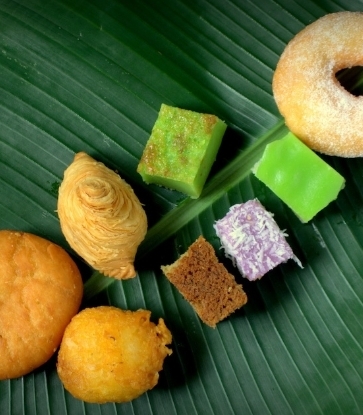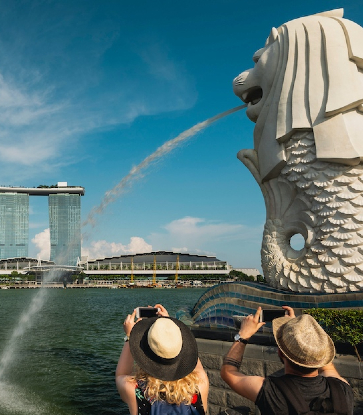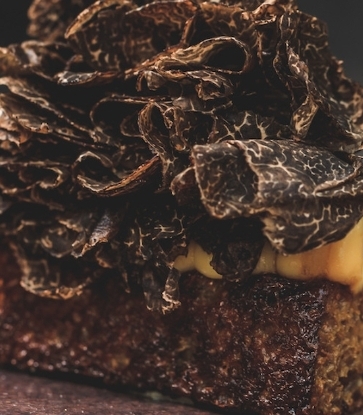After a five-month hiatus, Whitegrass Restaurant reopens its doors today. While its location at CHIJMES, logo and much of the restaurant’s Takenouchi Webb-designed interiors remain the same, there is a new face helming the fine-dining restaurant with an entirely different concept.
Instead of keeping to its modern Australian theme, which Whitegrass has been synonymous with over the past three years, the restaurant owners have overhauled its concept with a French-Japanese direction. Taking charge of Whitegrass now is Japanese head chef Takuya Yamashita, 32, who was the head chef at one-Michelin-starred Ciel et Sol in Tokyo.
Last November, Whitegrass’s former chef-owner Sam Aisbett announced that he was closing the restaurant as he yearned to take on a smaller restaurant space to refine his cuisine. Under his tenure, the restaurant received one Michelin star in 2017 and retained the accolade last year.
The Michelin Guide Digital understands from the restaurant company that Aisbett has sold his share of the restaurant to Malaysian owners Sean and Karen H’ng, who also run hotels such as Macalister Mansion and Northam All Suite Hotel in Penang. Whitegrass, which will only open for dinner for now, has also reduced its seating capacity from 70 to 40 seats.

He says: “Whitegrass is a success story that I aim to bring to new heights. I also put my own stamp on the restaurant by weaving stories of quality ingredients from my home region of Nara Prefecture and their passionate producers into my creations.”
Yamashita has revamped the menu to reflect his culinary style, which he calls it, “La Cuisine Naturelle” (or cuisine of the natural body in French). He adds: “Nature has and always will be my biggest inspiration. Having grown up in near the forests and mountains in Nara Prefecture, this experience has instilled in me an unwavering respect for nature’s bounty.”
Highlights from the menu, which is French with modern Japanese influences, include the Oyster, which is from Hyogo prefecture. The oyster is poached in white wine before setting in oyster jelly infused with briny juices from the bivalve, and served with Granny Smith apple purée, baby zucchini and nasturtium leaves. Seasonal fish from Kyushu will be prepared in the traditional Ike Jime style and steamed, before it is served in a lobster stock with Hokkaido scallop and seasonal vegetables.

With stints at one-Michelin-starred Etude and Les Enfants Rouges bistro, both in Paris, it is not surprising that Yamashita is using French culinary techniques to cook ingredients that largely hail from Japan.
Bringing his French culinary training to the fore is the Bresse Pigeon, which is a roulade of French pigeon and foie gras wrapped in savoy cabbage and served with pomme purée.
Along the way, he also intends to incorporate influences and ingredients from Singapore.
He says: “As I become more familiar with Singaporean flavours, their uses and origins, and diners’ palates, I will slowly but surely execute such influences and elements in bolder strokes and with my own twist.”
























